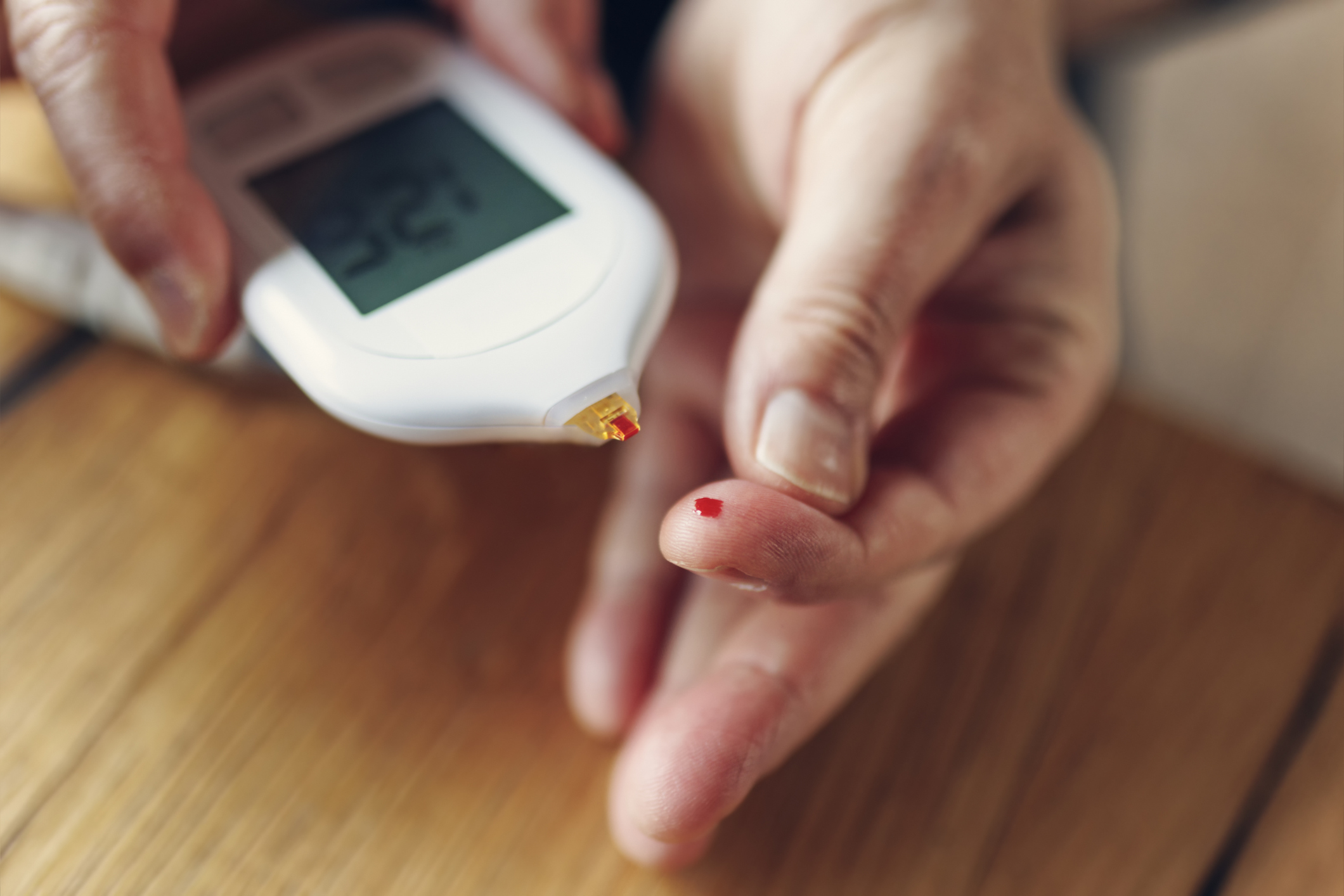Get Easy Health Digest™ in your inbox and don’t miss a thing when you subscribe today. Plus, get the free bonus report, Mother Nature’s Tips, Tricks and Remedies for Cholesterol, Blood Pressure & Blood Sugar as my way of saying welcome to the community!
How red meat leads to type 2 diabetes finally revealed

The incidence of type 2 diabetes is rising at an alarming rate in the United States.
It’s a rise that’s been attributed to a number of factors, from obesity and lack of exercise to the increasing age of our population.
However, there’s one factor that most people fail to consider when it comes to diabetes risk — meat consumption.
But the truth is, past research has already shown that eating high levels of red meat can raise your risk of blood sugar problems by close to 25 percent.
It’s an association that scientists have been aware of, but unable to explain until researchers at the Harvard T.H. Chan School of Public Health stepped up with the results of a study that looked at 36 years of data on over 206,000 people.
Heme versus non-heme iron
Their study specifically focused on the intake of various forms of iron including:
- heme iron (the kind you get from eating meat);
- non-heme (found in plant-based foods);
- and iron you get from taking supplements.
They then compared each person’s type 2 diabetes status, controlling for other health and lifestyle factors.
Hands-down, the results showed that the more heme iron a person consumed, the higher their risk of diabetes. Those who consumed the most faced a 26 percent higher risk of the disease.
In addition, the researchers found that heme iron accounted for more than half of the type 2 diabetes risk associated with unprocessed red meat.
On the other hand, no added diabetes risk was associated with consuming other forms of iron, including plant-based iron or iron supplements.
The blood-based changes behind the risk
Next, the researchers delved into the plasma metabolic biomarkers of over 37,500 of the participants and the blood levels of small metabolites of another 9,000 plus people to find out just why the iron you get from meat can lead to blood sugar issues.
And here’s where we get the key to the red meat-diabetes connection we’ve been looking for…
The researchers found a higher heme iron intake was associated with higher levels of biomarkers such as:
- C-peptide (which is associated with diabetes type and duration of the disease)
- Triglycerides (high levels indicate that your system for turning food into energy isn’t working properly and can be a first sign of insulin resistance)
- C-reactive protein (which plays a role in diabetic inflammation)
- Leptin (a hormone secreted by fat tissue)
High heme iron was also linked to lower levels of beneficial biomarkers like HDL (good) cholesterol and adiponectin, a hormone that improves insulin sensitivity.
The researchers also identified a dozen blood metabolites — including L-valine, L-lysine, uric acid and several lipid metabolites — that may play a role in the link between heme iron intake and blood sugar problems. These metabolites have been previously associated with an increased risk of type 2 diabetes.
Dietary changes for better blood sugar
“This study underscores the importance of healthy dietary choices in diabetes prevention,” said researcher, Frank Hu. “Reducing heme iron intake, particularly from red meat, and adopting a more plant-based diet can be effective strategies in lowering diabetes risk.”
In other words, if you want to reduce your blood sugar risk, reduce your intake of heme iron.
You can do this by swapping out red meat for other carnivore-friendly options, like chicken, fish or shellfish. Or, go for plant-based proteins, such as lentils.
Of course, in order to beat back diabetes, it’s best to take a comprehensive approach, including healthy weight loss, exercise and plenty of the purple produce that pushes back at blood sugar problems.
Editor’s note: Are you feeling unusually tired? You may think this is normal aging, but the problem could be your master hormone. When it’s not working, your risk of age-related diseases skyrockets. To reset what many call “the trigger for all disease” and live better, longer, click here to discover The Insulin Factor: How to Repair Your Body’s Master Controller and Conquer Chronic Disease!
Sources:
Significant link found between heme iron, found in red meat and other animal products, and type 2 diabetes risk — EurekAlert!
Why Is Diabetes Increasing in the United States — MedicineNet
Adiponectin — Cleveland Clinic
Triglycerides and Diabetes — WebMD
Role of C-Reactive Protein in Diabetic Inflammation — NIH
Leptin: Less Is More — American Diabetes Association














